
E-mail: font@focusonnature.com
Phone: Toll-free in USA 1-888-721-3555
or 302/529-1876
 |
PO Box 9021,
Wilmington, DE 19809, USA E-mail: font@focusonnature.com Phone: Toll-free in USA 1-888-721-3555 or 302/529-1876 |
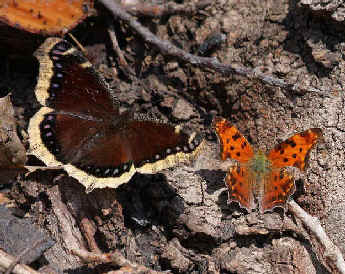 A
List and Photo Gallery
A
List and Photo Gallery
of
Butterflies
of
Eastern
NORTH
AMERICA
(including those during
Focus On Nature Tours
in North Carolina in May-June
and elsewhere in the East)
With LINKS to LISTS of: MOTHS
and DRAGONFLIES & DAMSELFLIES
List compiled by Armas Hill
(with some input by the staff from the
Howell Woods Environmental Learning Center
in Four Oaks, North Carolina)
Photo at upper right: a MOURNING CLOAK (left)
& EASTERN COMMA (right)
(photograph courtesy of Doris Potter)
Codes:
Numbers noted as
(PE:xx)
refer to plates in the
Peterson Field Guide to Eastern Butterflies,
by Paul Opler & Vichai Malikul
(1998 edition)
Numbers noted as
(K:xx)
refer to pages in the
Kaufman Focus Guide to Butterflies of North America,
by Jim Brock & Kenn
Kaufman
Numbers noted as
(W:xxx)
refer to pages in
"Caterpillars of Eastern North America"",
by David Wagner, 2005
FL: occurs in Florida
MD: occurs in Maryland
ME: occurs in Maine
NC: occurs in North Carolina
NH: occurs on New Hampshire
NJ: occurs in New Jersey
PA: occurs in Pennsylvania
VA: occurs in Virginia
(i/E): introduced from Europe
Species classified as GLOBALLY THREATENED:
(t1): critically endangered
(t2): endangered
(t3): vulnerable
(nt): a near-threatened species globally
(ph): species with a photo in the FONT website
A truly superb book about the butterflies of eastern North America is
"Butterflies of the East Coast, an Observer's Guide" by Rick
Cech & Guy Tudor, 2005. Books and photographs don't come much
better.
Links to Butterfly Groupings in this List:
Swallowtails
Whites & Sulphurs
Gossamer-wings
Brushfoots
Satyrs & Wood-nymphs
Skippers
Other Links:
Upcoming FONT Birding & Nature Tours in North America (inc. North Carolina)
Upcoming FONT Birding & Nature Tours Elsewhere FONT Past Tour Highlights
Birds during FONT Tours in North Carolina Hummingbirds of the Americas
A List & Photo Gallery of North American Birds, in 6 parts
Other Lists & Photo Galleries:
Eastern North America Moths Eastern
North America Dragonflies & Damselflies
Eastern North America Mammals (Land & Sea) noting those during FONT Tours
Eastern North America Amphibians & Reptiles Eastern North America Marine Life
Other Lists of Butterflies, elsewhere in
the World
Directory of Photos in this Website
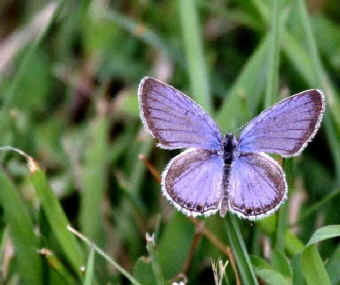
An Eastern
Tailed-Blue
(photo by Marie Gardner)
SOME COMMENTARY REGARDING BUTTERFLY IDENTIFICATION:
"Get a guidebook, take a few years, and
you'll still make mistakes. Butterfly identification has an initial, deceptive
simplicity.
Individuals in a species vary naturally, an eyespot slightly larger, a color
brighter.
Males and females of a species can be strikingly dissimilar.
So can genetic morphs or forms within a gender.
In a single species, butterflies that live in a range of habitats can vary in
appearance and produce different populations or geographical races, each better
adapted to its environment.
Species can also produce generations of distinct morphs in the same place at
different times of the year.
One Tiger Swallowtail is black. On the same
flower, another Tiger Swallowtail is yellow.
Another species produces red butterflies in the wet season and blue in the dry.
A species darkens in response to air pollution.
A species gains an eyespot. A species loses one."
The above commentary taken from the book, "An Obsession with
Butterflies", by Sharman Apt Russell (a wonderful read).
Butterflies:
SWALLOWTAILS
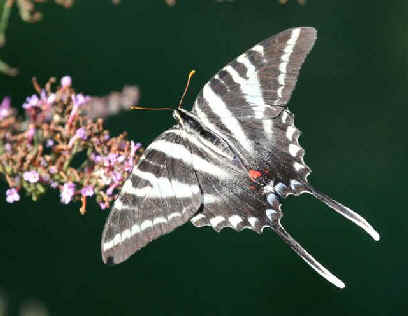
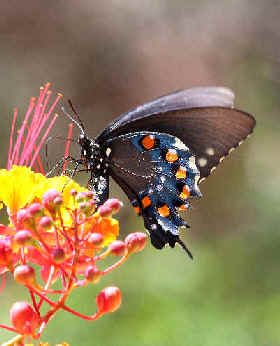
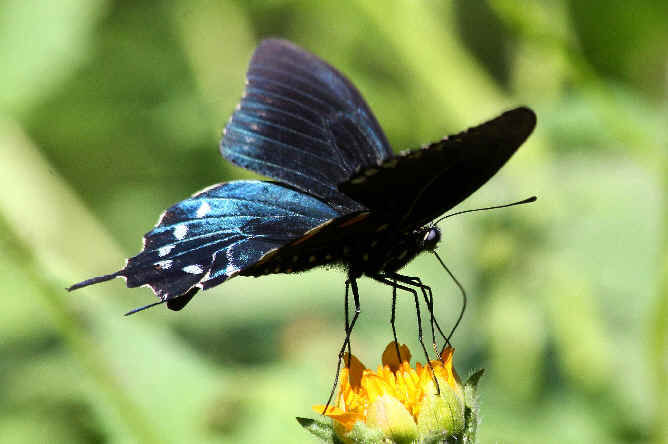

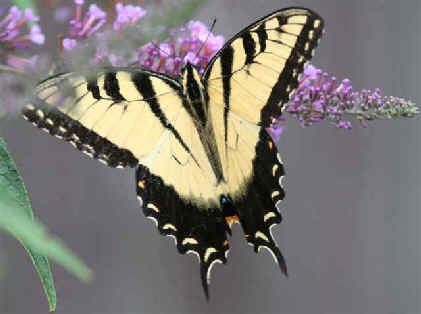

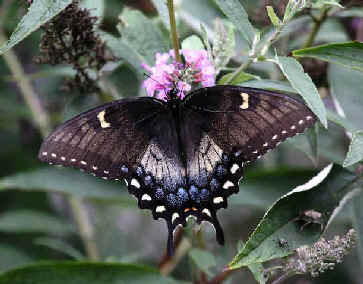

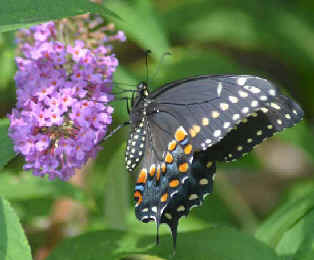
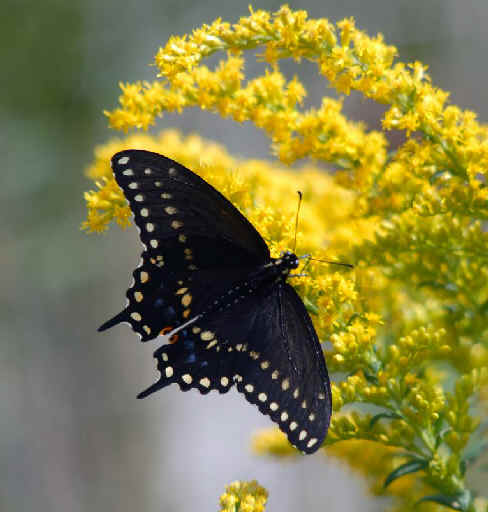
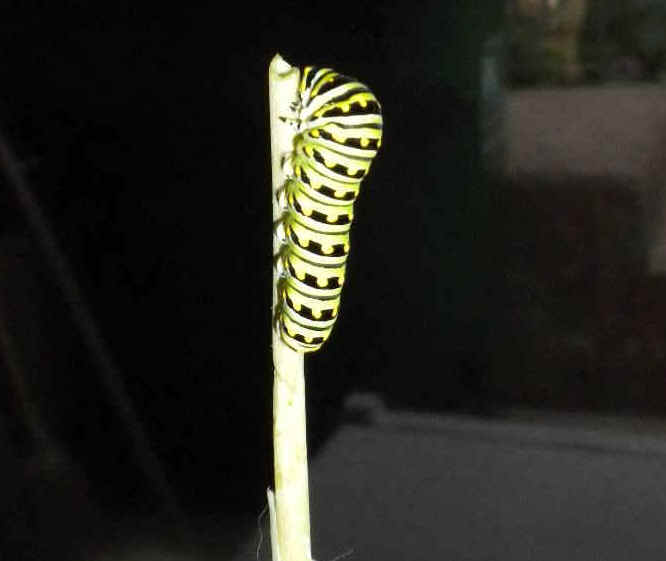
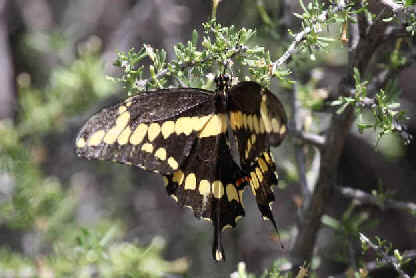
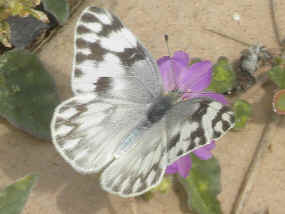

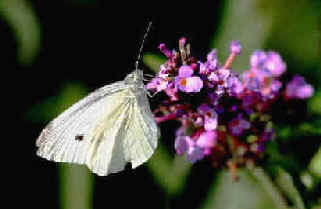
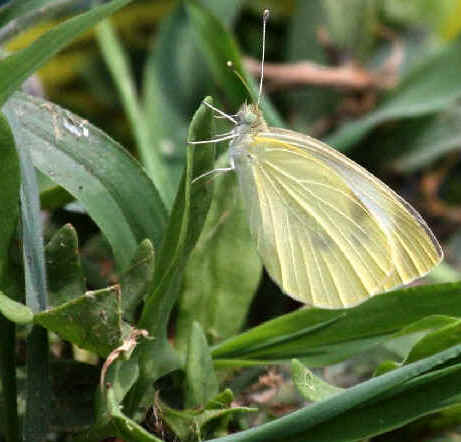

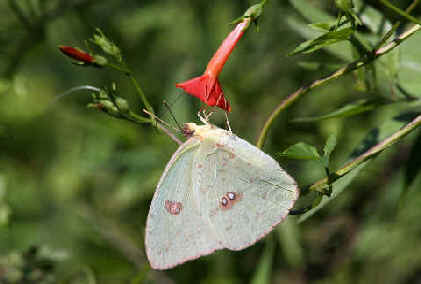
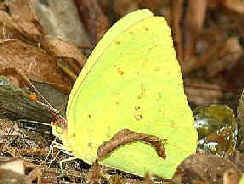

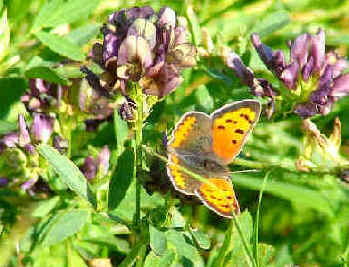
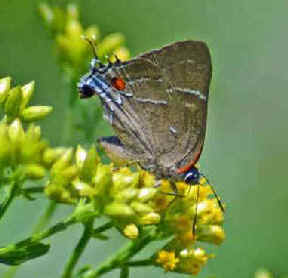
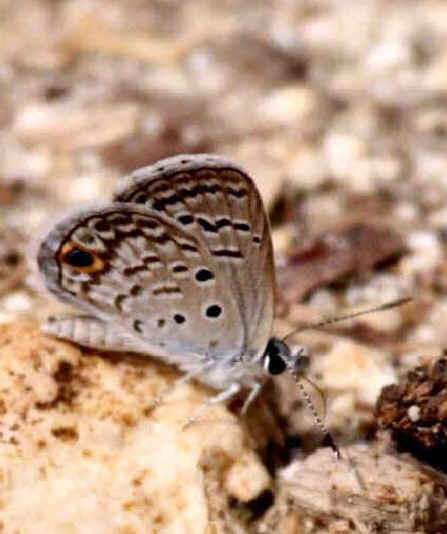
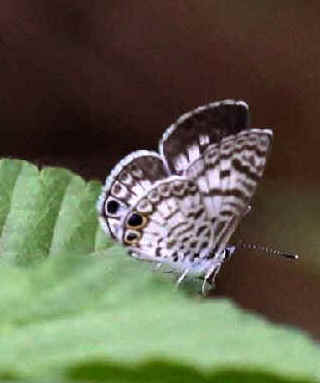
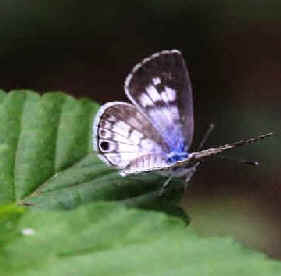
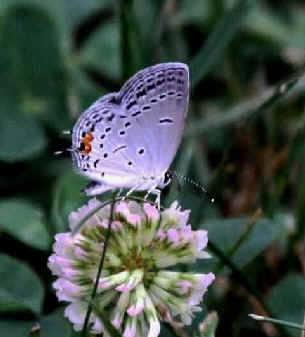
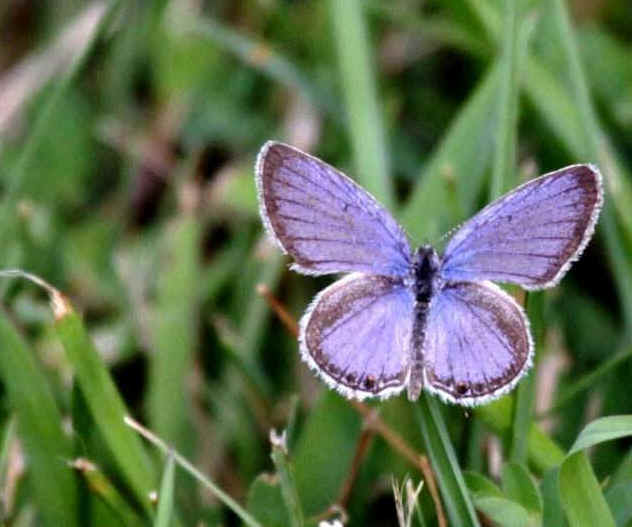

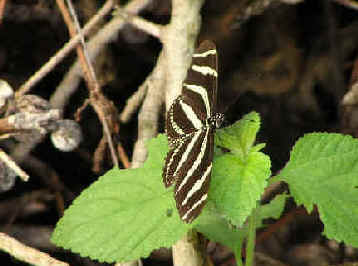

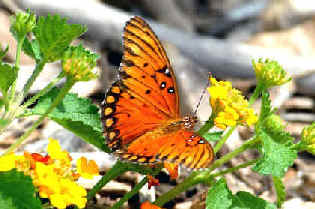
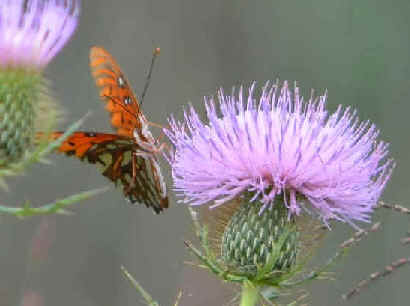


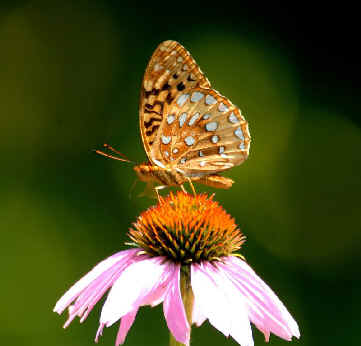
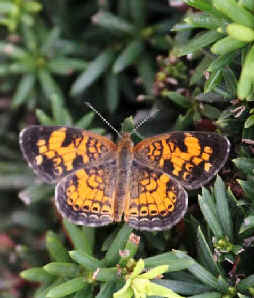
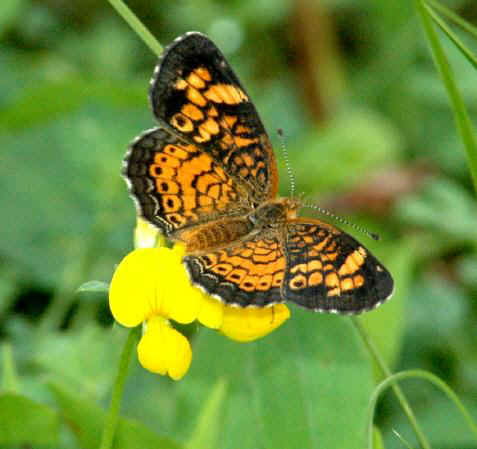
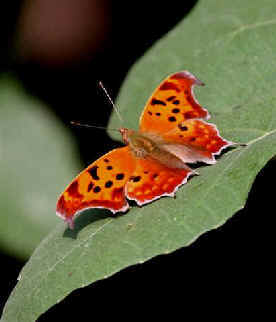
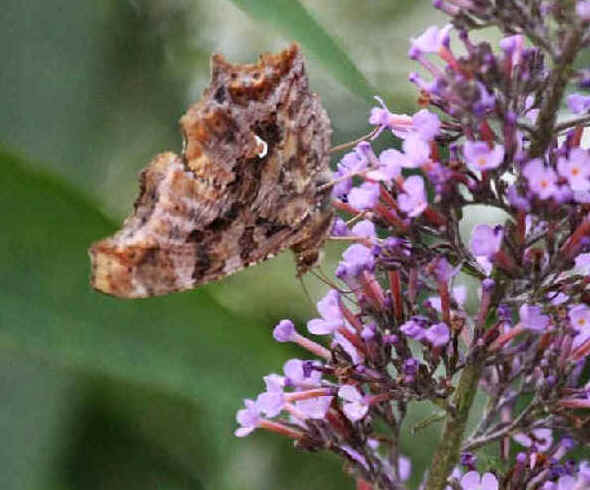
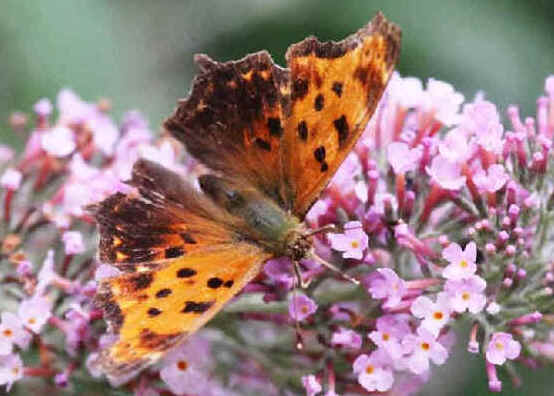
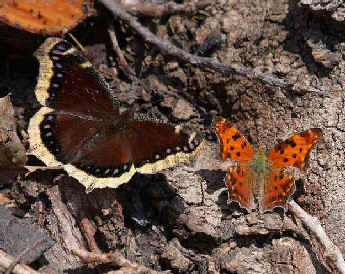
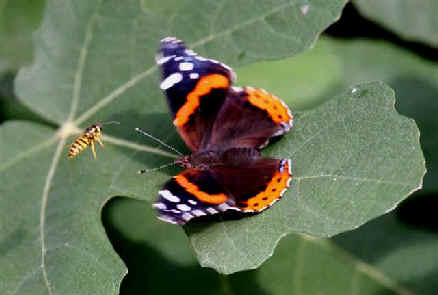
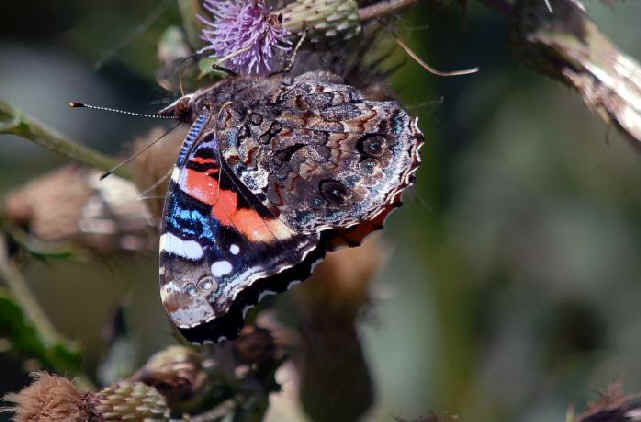
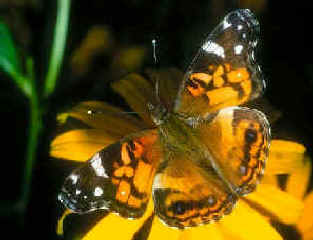
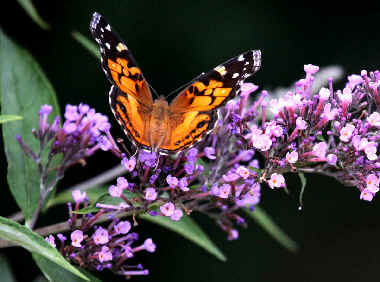
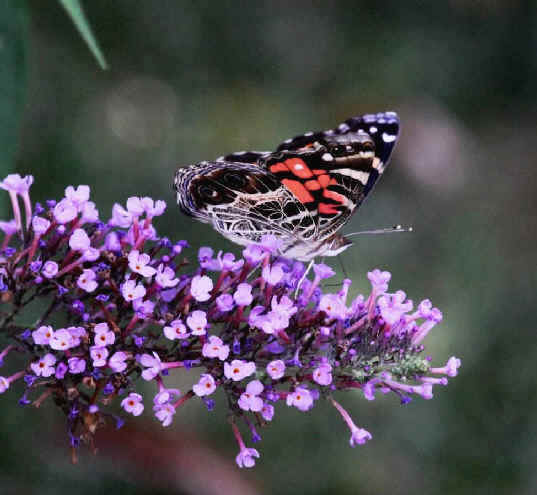
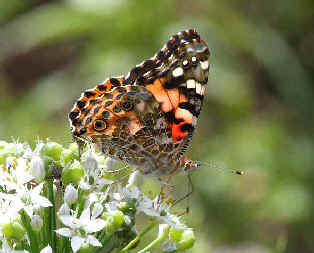
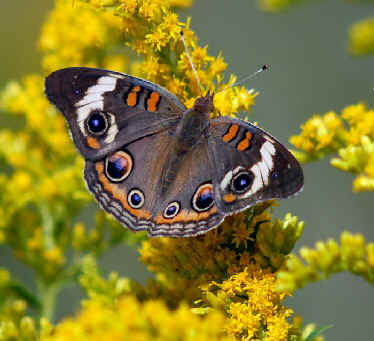
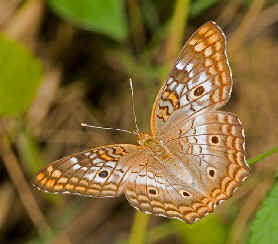
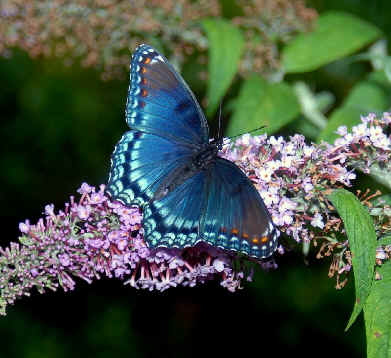
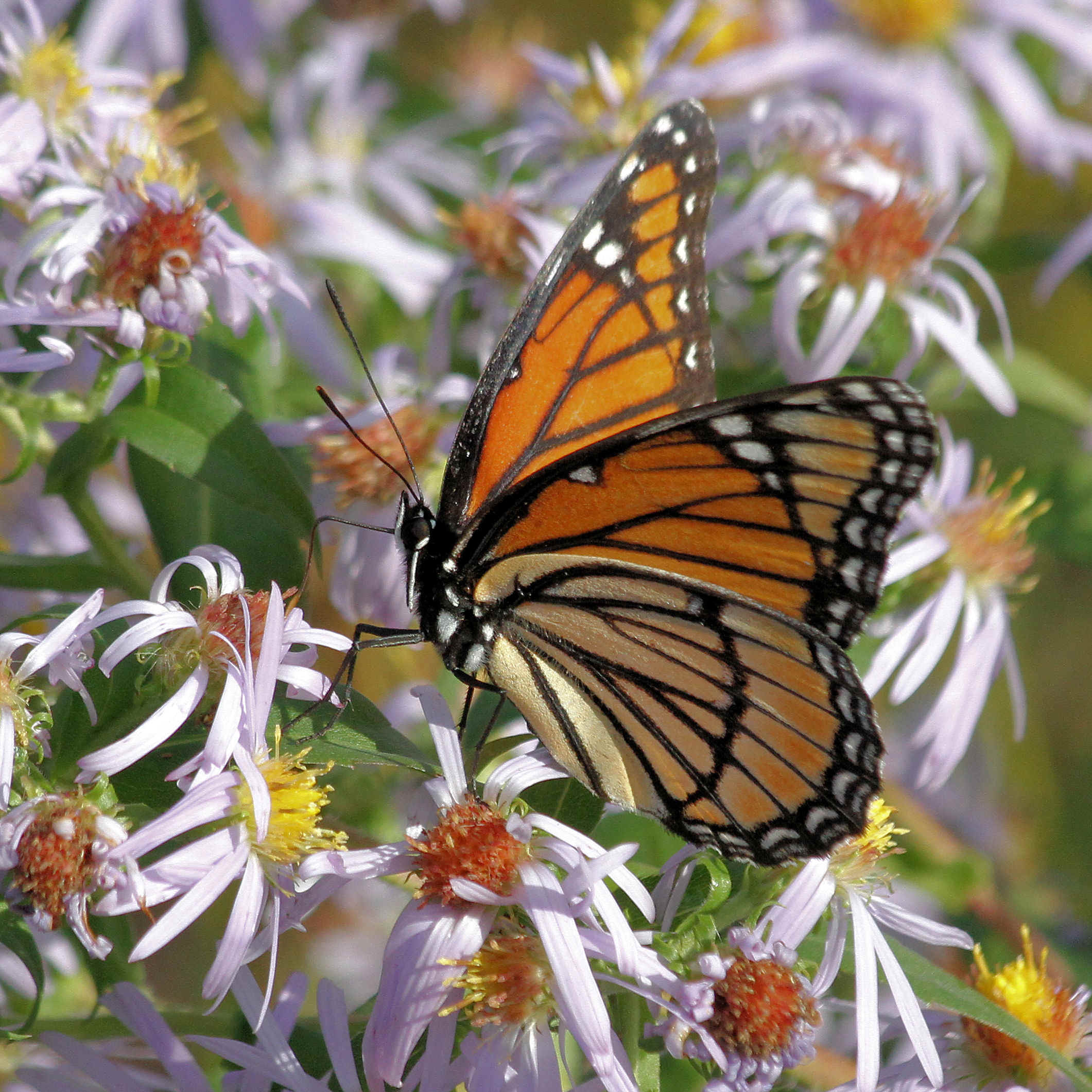
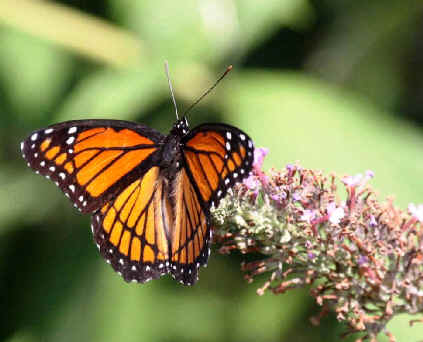
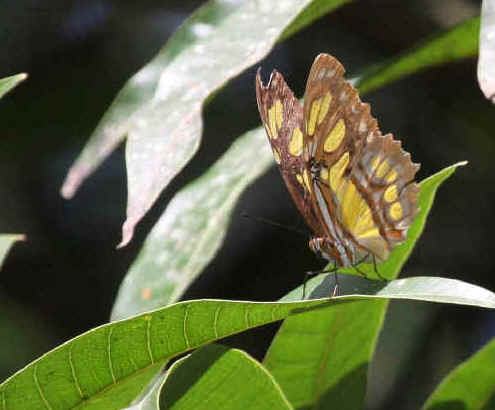




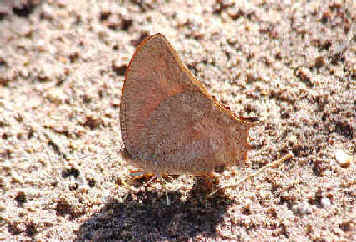
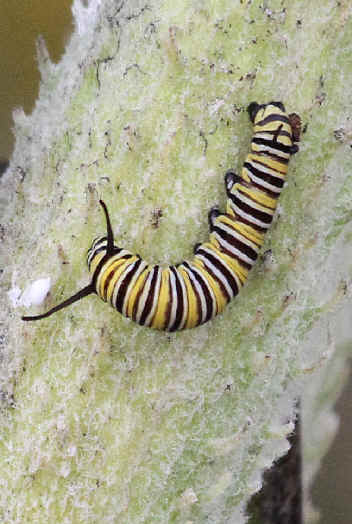
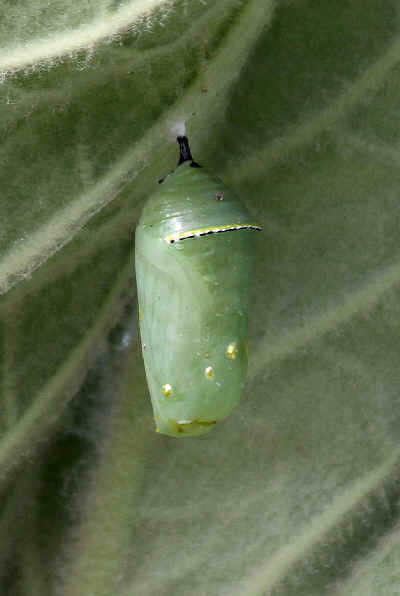
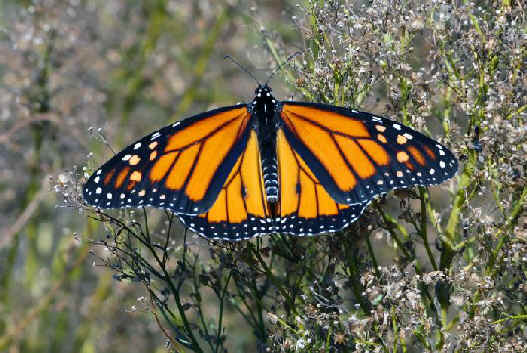
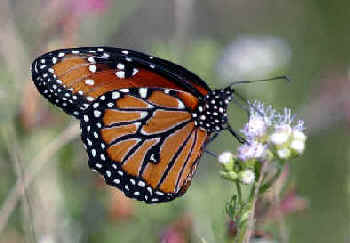

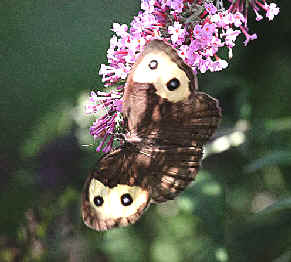


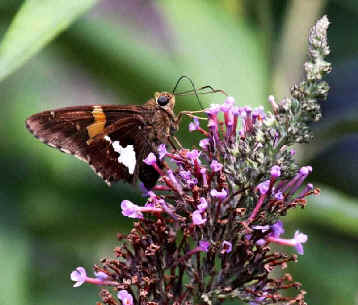

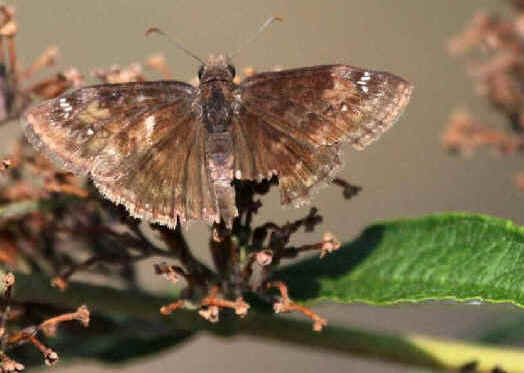
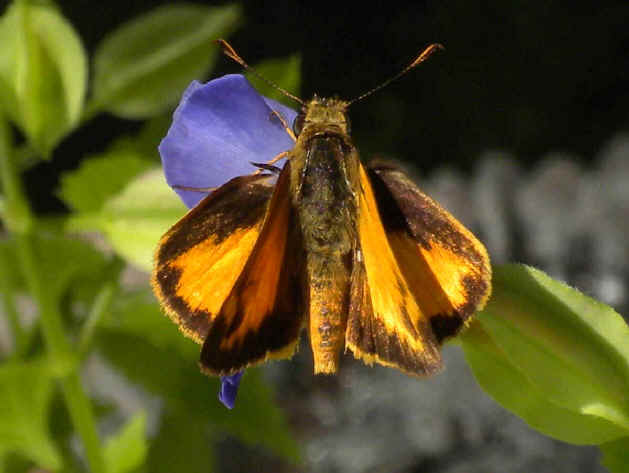
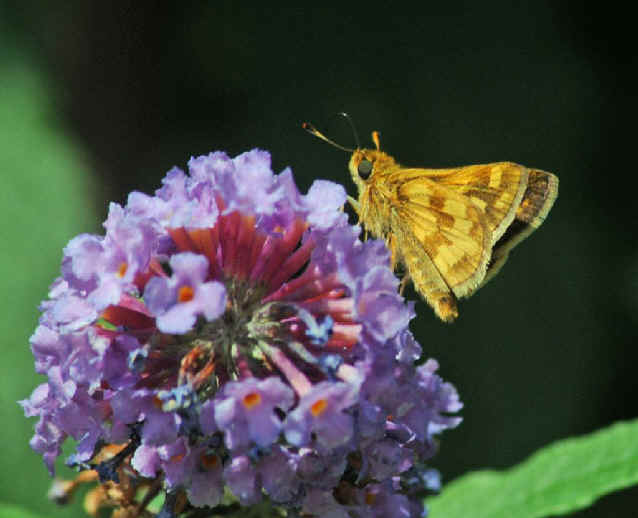

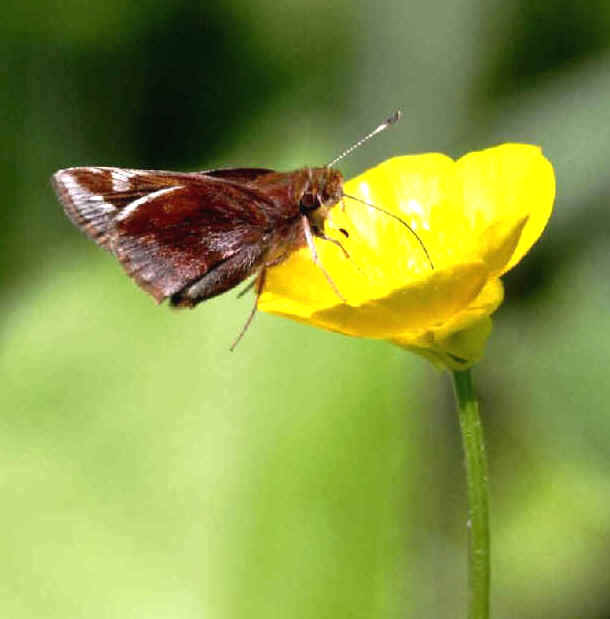
![]()